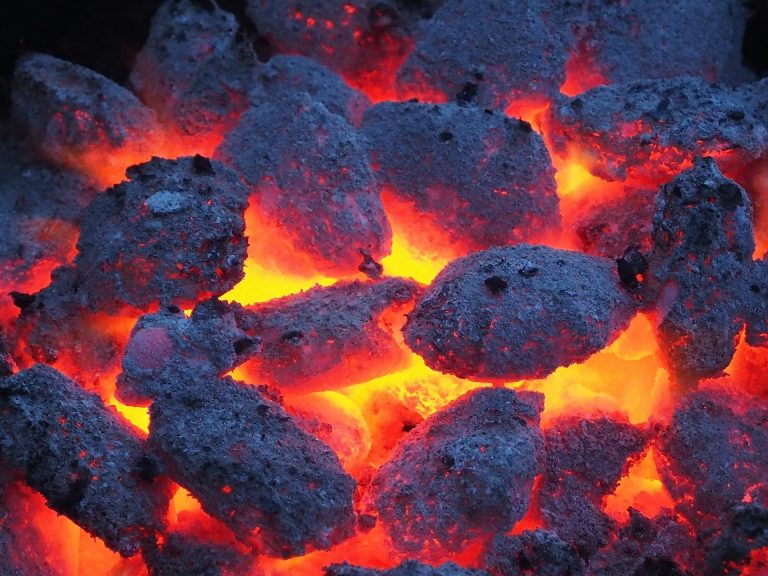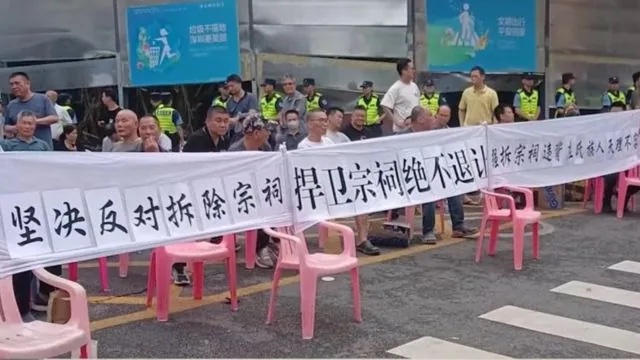China, reeling under a power crisis that is affecting industrial production and its economy, might have to set aside an ambitious plan to curb carbon emissions. The country has already approved several new coal-fired power plants this year, and might also increase coal imports to deal with the power crunch.
Last year, Chinese leader Xi Jinping had declared that his country’s carbon emissions would decline starting 2030, with carbon neutrality achieved by 2060. This year, Beijing began to impose sanctions on coal production and electricity use in a bid to meet emissions targets. However, these actions worsened the power crisis facing the country.
“Like other markets in Asia and Europe, China must perform a balancing act between the immediate need to keep the lights on — via more coal — and showing its commitment to increasingly ambitious decarbonization targets…”
“But the short-term reality is that China and many others have little choice but to increase coal consumption to meet power demand,” Gavin Thompson, Asia-Pacific vice chair at energy consultancy Wood Mackenzie, said in a report.
Coal accounts for 62 percent of the country’s power generation. To deal with the worsening power crisis, Beijing has instructed coal mines to boost output.
Success
You are now signed up for our newsletter
Success
Check your email to complete sign up
In Inner Mongolia, over 70 mines have been asked to raise annual output capacity by roughly 100 million tons. Shanxi, the biggest coal-mining region in China, has asked 98 coal mines to increase production by 55.3 million tons this year. In addition, 51 coal mines that had hit their output targets will be allowed to continue production.
According to a report by the U.S.-based think tank Global Energy Monitor (GEM) and the Helsinki-based Centre for Research on Energy and Clean Air (CREA), China put into operation 38.4 gigawatts of new coal-fired capacity last year. This is over three times the capacity of the rest of the world combined.
A Greenpeace report from August stated that Chinese provinces were planning to launch over 100 gigawatts of new coal-fired power capacity this year. In the first six months of 2021, 24 new plants with a combined capacity of 5.2 gigawatts were approved by local agencies. China has said that it will only start reducing coal consumption beginning 2026, until which time Beijing has promised to “control” new plants entering operation.
“‘Control’ doesn’t necessarily mean not approving new coal power plants, so we are still seeing new approvals. The dynamic between the central and local government is still the core problem. That’s why we are advocating that the central government should supervise tightly and carry out specific policies to control the expansion of coal power capacity,” Li Danqing, a Greenpeace climate, and energy campaigner in Beijing said to Reuters.
Amidst tight coal supplies, China has reportedly begun to relax its views on Australian coal imports. Beijing had stopped buying coal from Australia last year after Canberra called for an international investigation into China’s handling of the Coronavirus Disease 2019 (COVID-19) outbreak.
Beijing’s blockade of coal imports left Australian coal stranded at Chinese ports. However, lately, Chinese authorities have been allowing Australian coal kept in bonded warehouses into the domestic market.
“The ban on coal imports from Australia… has exacerbated domestic coal shortages,” economists at Barclays stated. The bank expects China’s coal imports to “substantially increase” in the fourth quarter. Before the ban, Australia accounted for 39 percent of Chinese coal imports in 2019 and was the country’s top supplier.














